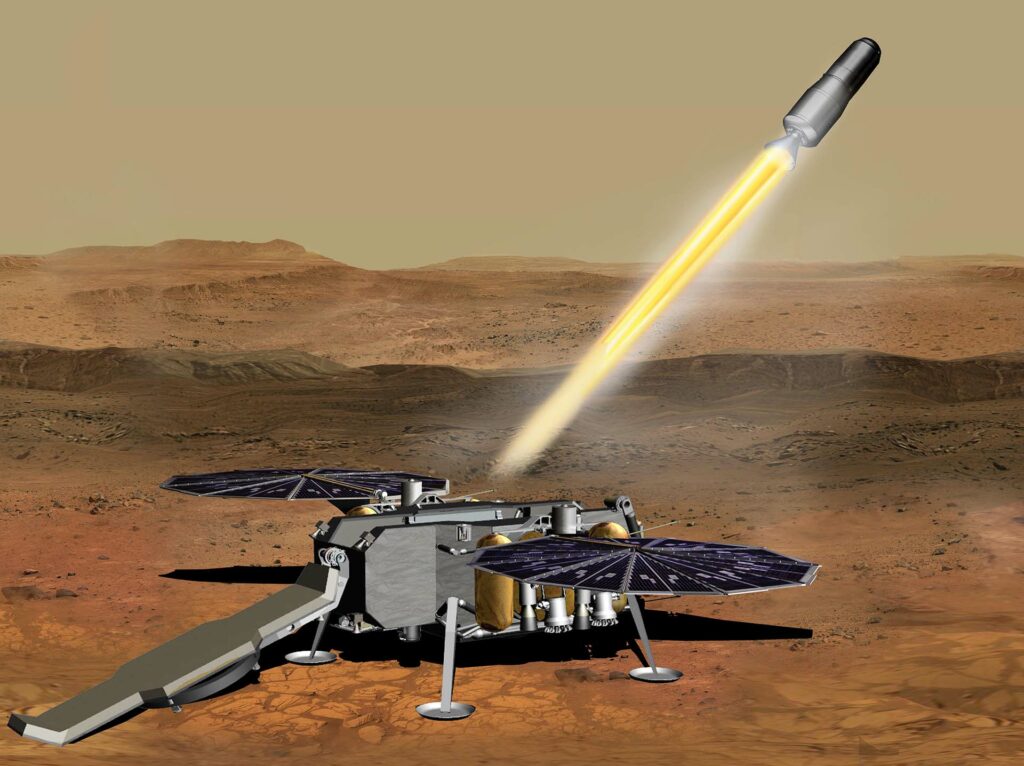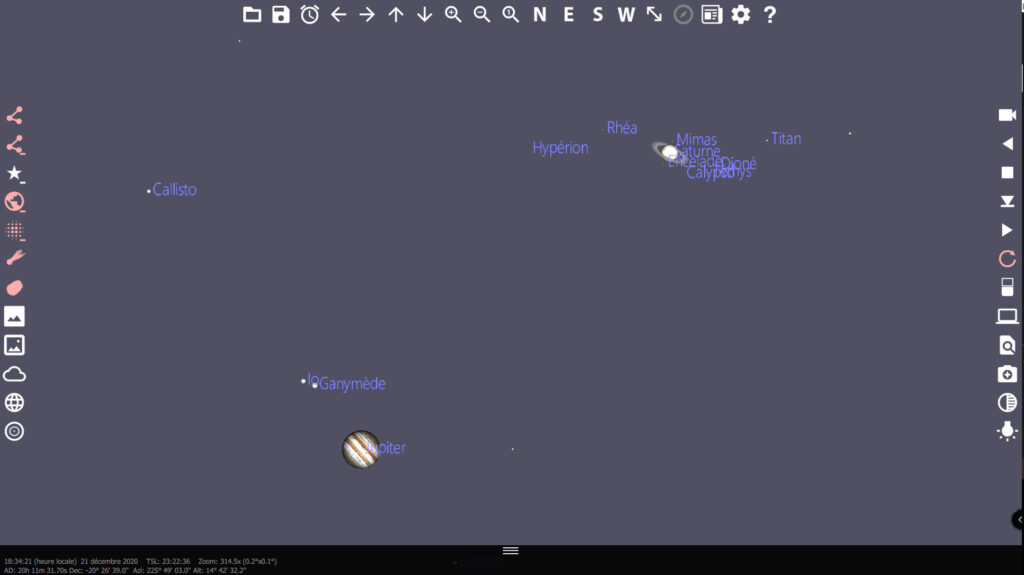Mars 2020 Mission: first samples returned to Earth
On July 30, a powerful AtlasV rocket left Earth carrying on board the Perseverance rover and the Ingenuity drone. The Mars 2020, designed to operate until 2030, is expected to enable NASA and ESA to make significant advancements in the exploration of the red planet.
It will all begin with a landing scheduled for February 18, 2021, near the Jezero crater, which presents a promising profile for the search for traces of past life. We now know that this crater was home to a lake several billion years ago.

Mars 2020 is the first step in an ambitious project consisting of three missions aimed at bringing samples back to Earth for in-depth analysis. The rover will collect samples that will be carefully stored for their return to Earth. The Sample Retrieval Lander (SRL), built by NASA, and the Earth Return Orbiter (ERO), developed by the European Space Agency (ESA), are expected to be launched in the coming years to retrieve these valuable Martian soil samples.

You can follow the trajectory of Mars 2020 in W3 by downloading the module of the same name. The probe’s trajectory comes directly from the Horizons server of the Jet Propulsion Laboratory.






